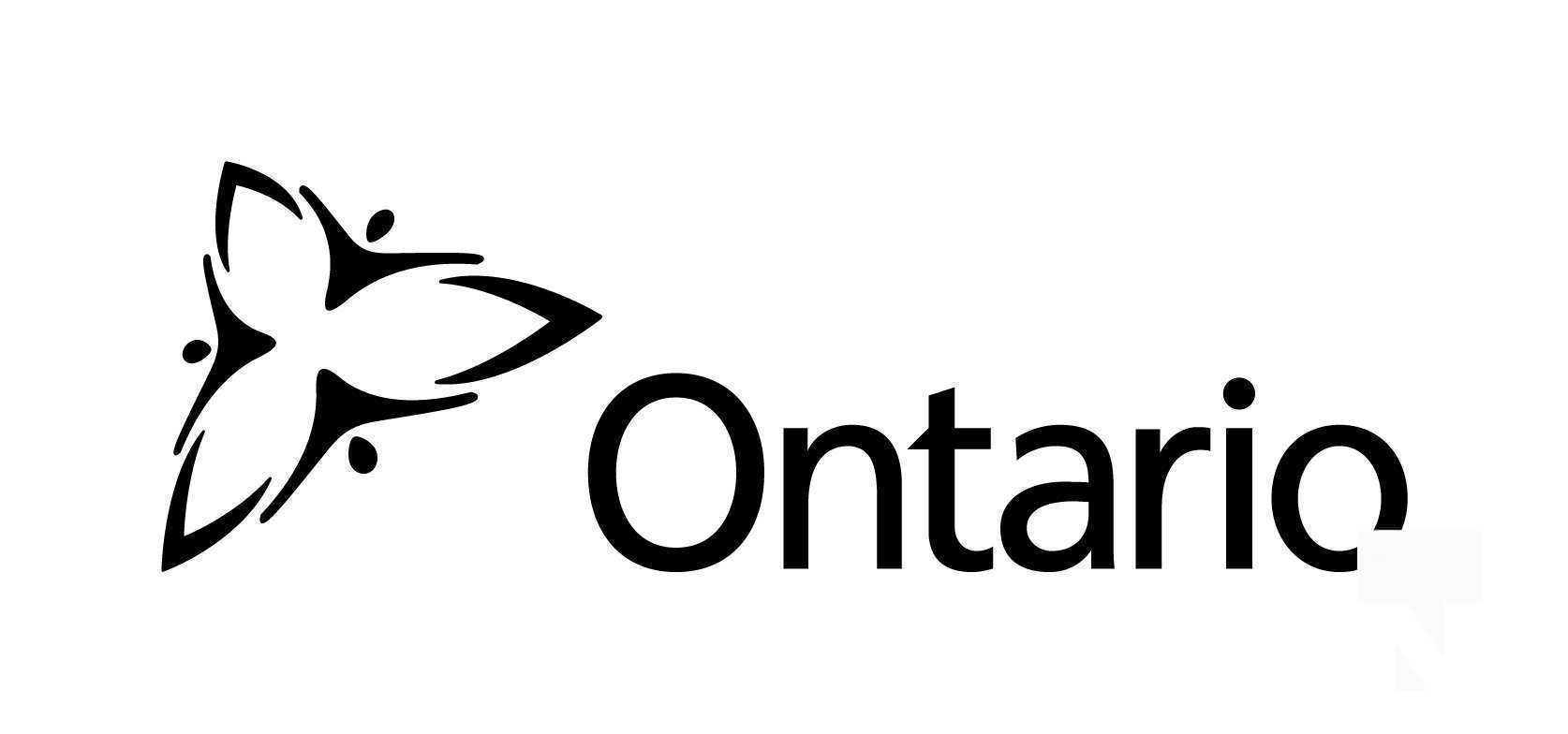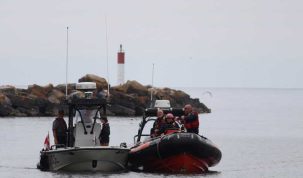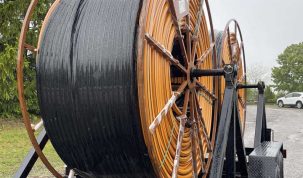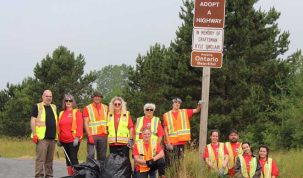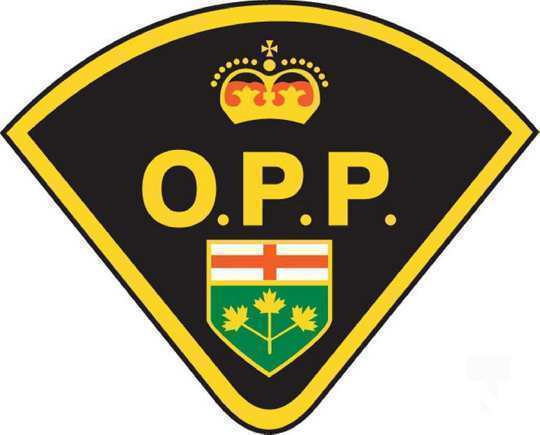Fall Harvest for Double-Crested Cormorants Introduced to Protect Local Ecosystems
The Ontario government is taking steps to protect fish stocks and natural habitat from the harmful impacts of double-crested cormorants by introducing a fall harvest for the species. The harvest will help address concerns about impacts to local ecosystems by cormorants, a bird that preys on fish, eating a pound a day, and that can damage trees in which they nest and roost. The announcement was made today by John Yakabuski, Minister of Natural Resources and Forestry.
“We’ve heard concerns from property owners, hunters and anglers, and commercial fishers about the kind of damage cormorants have caused in their communities, so we’re taking steps to help them deal with any local issues,” said Minister Yakabuski. “In large amounts, cormorant droppings can kill trees and other vegetation and destroy traditional nesting habitats for some other colonial waterbirds, so it’s critical that we take action to strike a healthy balance in local ecosystems.”
Following public consultations, the province has made changes to its initial proposal and has decided to introduce a hunting season that will run annually from September 15 to December 31, starting in 2020.
“We listened to those who provided comments about the cormorant hunting proposal, and as a result, we are introducing only a fall hunting season to avoid interfering with recreational users of waterways and nesting periods for some migratory birds,” said Minister Yakabuski. “We have also reduced the maximum number of cormorants a hunter can take to 15 a day, which is a similar limit to one for federally regulated migratory game birds such as mourning doves, Snow and Ross’s Geese, Rails, coot and Gallinules.”
In 2019, the ministry and partner agencies surveyed cormorant colonies across the Great Lakes and select inland lakes in Ontario. Based on nest count surveys, there are an estimated minimum of 143,000 breeding cormorants in 344 colonies across the province. Combined with historical data, trends suggest that cormorant populations are increasing in Lake Ontario, Lake Erie, and Lake Superior and are stable on the St. Lawrence River and Lake Huron.
“Growing up in North Bay and spending many summers fishing on Lake Nipissing, I have seen firsthand the issues that cormorants have caused in some local areas,” said Mike Harris, Parliamentary Assistant to the Minister of Natural Resources and Forestry. “A new fall hunting season will help communities manage cormorant populations where they have negatively impacted natural habitat and other waterbird species.”
“Cormorants have been a growing problem on Sturgeon Lake and Balsam Lake, where they have covered islands with their guano, killing trees and vegetation,” said Laurie Scott, MPP for Haliburton-Kawartha Lakes-Brock. “We’re listening to local residents who have voiced their concerns and asked for additional tools to address the issue.”
Ontario has a healthy and sustainable cormorant population. We will continue to monitor the cormorant population status and trends to support sustainability of cormorants in the province.
QUOTES
” Our group fully supports a fall hunting season for double-crested cormorants. For the past decade, we have observed the destruction of Muskrat Island, which is clearly visible from our shoreline on Sturgeon Lake. The rapid population explosion of the colony has put extreme stress on our fish population. The birds have a voracious appetite, and trees and vegetation on the island have been destroyed by their toxic guano. Other species have also been driven from the island. In our view, this is a very serious problem that has required a response.”
– Bob Stewart
Director, Stinson’s Bay Property Owners Association
” The Ontario Commercial Fisheries’ Association is concerned about the significant negative impacts of uncontrolled populations of cormorants on the ecosystem, including the commercial fishery. In addition to the serious destruction of vegetation that unchecked populations of cormorants have caused, cormorants have seriously undermined certain fish stocks on the Great Lakes. Each cormorant eats approximately one pound of fish, per day. We strongly support the government’s decision to introduce a fall hunting season, which will help to control damaging cormorant populations. Our position has not been to seek the extinction of cormorants from Ontario but for the management of cormorants to promote a balanced ecosystem, which is in the best interests for all Ontarians.”
– Jane Graham
Executive Director, Ontario Commercial Fisheries’ Association
” We are pleased to see a provincial government finally take action to control overabundant cormorant populations to help protect Ontario’s ecosystems, and we are encouraged to see that the MNRF has made adjustments to the original proposal in response to concerns expressed by the OFAH and others.” – Angelo Lombardo
Executive Director, Ontario Federation of Anglers and Hunters
” The Northwestern Ontario Sportsmen’s Alliance fully supports Minister John Yakabuski as he introduces regulations under the FWCA allowing a fall hunting season for cormorants in Ontario. This hunting regulation will assist in preventing a variety of destructive ecological impacts resulting from over abundant cormorant populations in Ontario. The protection of healthy and sustainable fish populations is just one of the many tangible benefits that this hunting regulation will offer and we applaud Minister Yakabuski for his action in this regard.”
– John Kaplanis
Executive Director, Northwestern Ontario Sportsmen’s Alliance
” As Delta Waterfowl is actively involved in wildlife management for waterfowl habitat and populations, we fully support the government’s efforts to manage cormorant populations in Ontario. This approach using hunters to manage populations is a common practice in wildlife management and similar to the approach in New Brunswick where cormorants are managed as unprotected wildlife similar to crows, starlings and other species.”
– Scott Petrie
Chief Executive Officer, Delta Waterfowl
QUICK FACTS
● Double-crested cormorants are fish-eating birds, usually eating easy-to-catch fish species. They nest on the ground or in trees on islands and peninsulas.
● In large amounts, cormorant droppings, called guano, can kill trees and other vegetation and destroy traditional nesting habitats for some other colonial waterbirds.
● Competition between cormorants and some colonial nesting waterbirds has been well documented, including the displacement of some other species by cormorants.
● Hunters are responsible for appropriately identifying their target and ensuring they are harvesting only double-crested cormorants.
● While some hunters may choose to consume cormorants, those who choose not to consume the cormorants they harvest must retrieve the birds and dispose of them properly.


